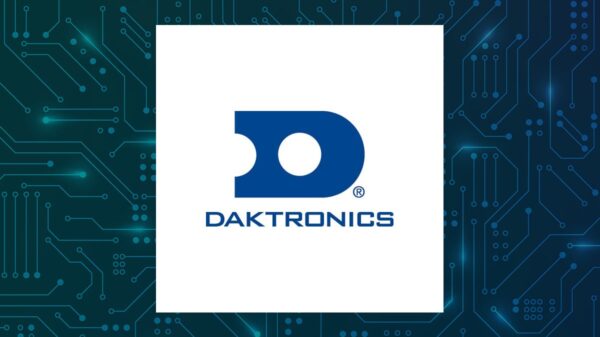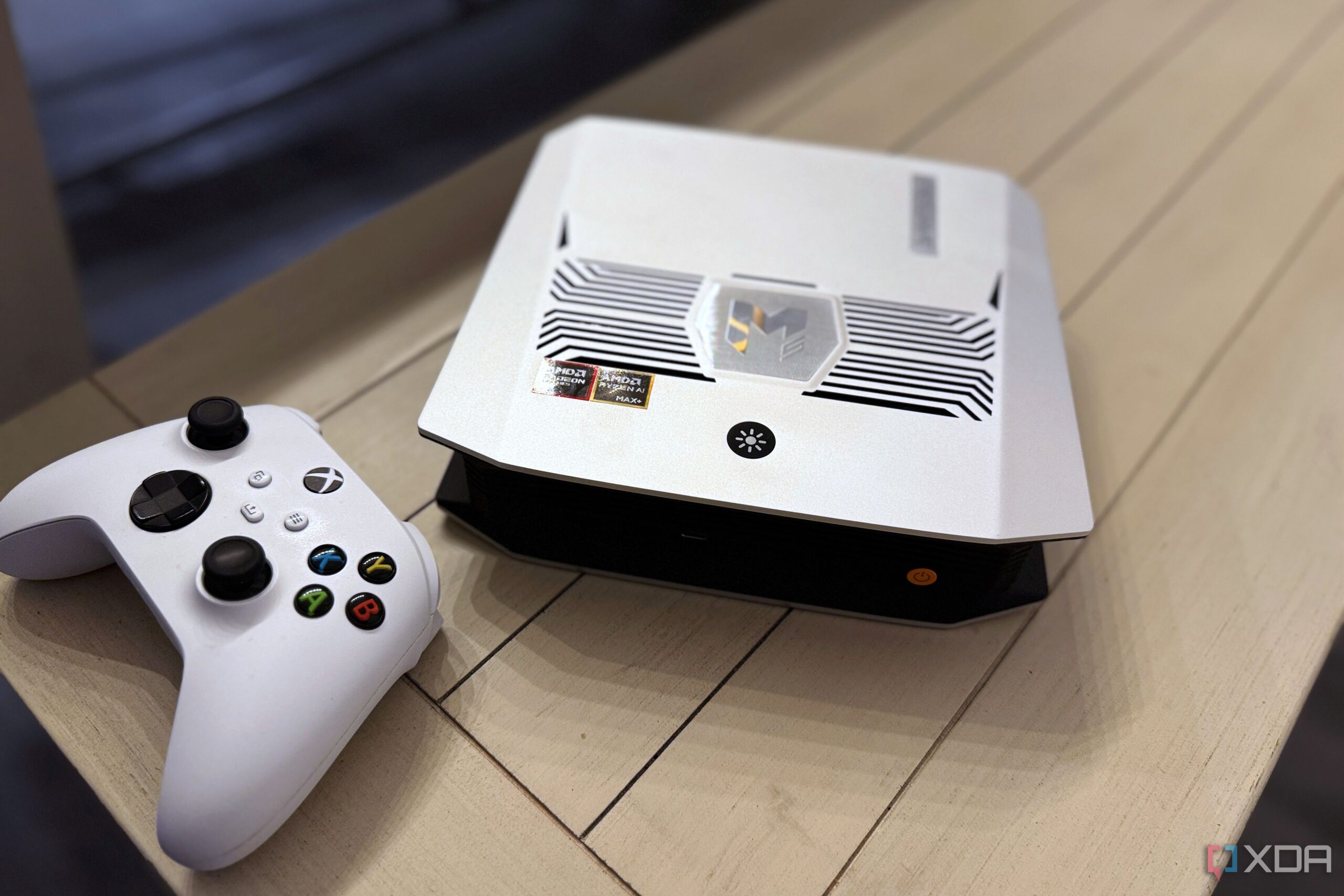BREAKING: A revolutionary mini PC, powered by AMD’s cutting-edge Strix Halo APU, is reshaping the landscape of AI performance, outperforming traditional desktop workstations. The device, featuring a staggering 128GB of LPDDR5X RAM, is capable of running large language models (LLMs) with unmatched speed and efficiency.
In a stunning demonstration, this compact powerhouse effortlessly processes complex AI tasks at 21.48 tokens per second, showcasing its capability to handle models such as OpenAI’s 120B model, which typically requires multiple high-end GPUs. This mini PC is not just a novelty; it’s a game-changer for AI developers and tech enthusiasts alike.
The AMD Strix Halo APU, specifically the Ryzen AI Max+ 395, is integrated into various mini PCs, with the Bosgame model being a standout. Users can choose between 96GB or 128GB configurations, with the latter being preferable due to its soldered memory, making it impossible to upgrade later. This mini PC’s memory acts as unified VRAM, crucial for executing demanding AI tasks efficiently.
Why does this matter? Most desktop setups struggle with VRAM limitations, often capping at 16GB or less. Users attempting to run LLMs over 15 billion parameters face significant challenges. In contrast, the Strix Halo can handle substantial models without breaking a sweat, effectively rendering traditional setups obsolete.
As the AI field rapidly advances, having tools that can keep pace is essential. The current market, where a single Nvidia RTX 3090 costs around $1,500, finds itself outmatched by this compact solution. The performance-to-cost ratio is compelling and presents a viable alternative for developers and researchers.
The mini PC’s capabilities extend beyond AI. With graphics performance comparable to a desktop RTX 4070, it offers an impressive gaming experience. Users can enjoy titles like Call of Duty with 4K texture packs and enhanced shaders, making it a versatile choice for both gamers and professionals.
Looking ahead, users are encouraged to explore operating systems like Proxmox to maximize the mini PC’s potential further. By installing Linux VMs and containers, the device can function as a powerful workstation for various tasks beyond gaming and AI processing.
The implications for productivity, creativity, and technology are enormous. This mini PC not only challenges the status quo of desktop computing but sets a new standard for what users can expect from compact devices. As the tech community buzzes with excitement, many are left wondering just how much further this technology can advance.
In summary, the Strix Halo-powered mini PC is a testament to innovation, proving that size does not dictate performance. Its affordability, portability, and capabilities make it a must-have for anyone involved in AI research or looking for a high-performance computing solution.
Stay tuned for updates as we continue to monitor developments in this rapidly evolving tech landscape.





































































